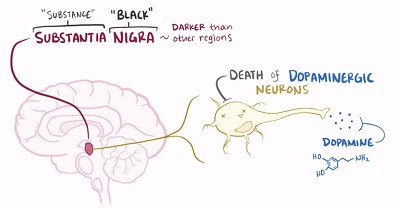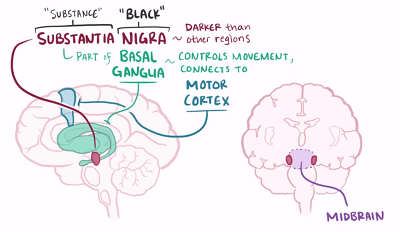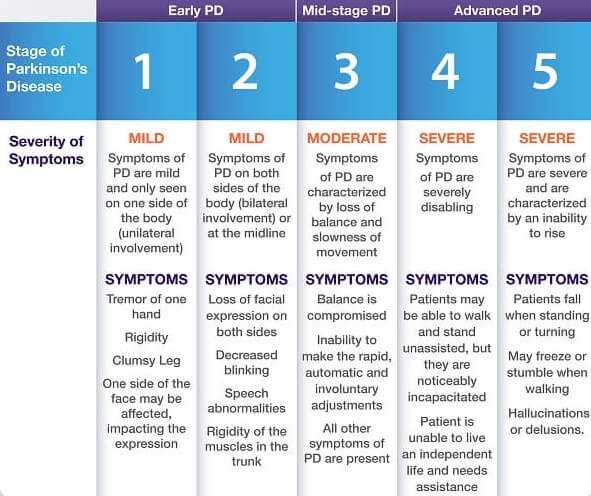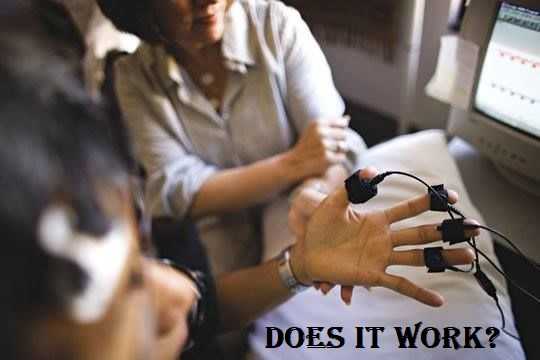Parkinsonism Can Cause Chronic Pain

Have you ever thought ?
The world morns as we all consider the life of prolific boxer and extraordinary personality Muhammad Ali. He died from the complications of Parkinson’s Disease (PD). Did you know that Parkinsonism can cause chronic pain too?
It is ironic in a way…that the man who moved “like a butterfly and stung like a bee” would develop Parkinson’s Disease (PD).

I often saw great writers lose their eyesight, men who could run over people in American football end up barely able to walk (consider Earl Campbell), and even my promiscuous uncle died from bladder, prostate, and penile cancer. The talent, skill set, or abused body part(s) may become the target of a future disease.
So I have a question…is it worth it? To have lived on the prolific edge only to die tragically losing the most cherished functions. I guess it would depend on who you ask.
Certainly, to be “great” at something usually requires sacrifice of some sort. Mr. Ali was the perfect example of that. We loved his fluid movements and dazzling speed. He worked hard to perfect that.
His greatness made him a target. How many high velocity punches to the head can any boxer take before the Substantia Nigra (the area of the brain that is dysfunctional in PD) starts to die?
Mr. Ali had a long career in boxing, probably too long, and he fought the best heavy weight boxers of his era (perhaps the best aggregate of heavy weight boxers for all time). Opponents of that caliber take a toll on a man…
I also want to suggest that what we saw in the media was not the whole story for our beloved hero Muhammed Ali. Parkinsonism causes many other, more hidden, body dysfunctions.
In particular, Parkinsonism can cause chronic pain…
What is Parkinson’s Disease?
If you are unfamiliar with PD, think of it as a disease of movement. One of the cardinal features of PD is stiffness that results from muscles not relaxing when they are supposed to.
For normal function, relaxation of muscle is just as important as contraction. The image to the right depicts the cardinal symptoms of PD.
The area of the brain necessary for coordinating this type of muscular function is an area deep in the brain called the Substantia Nigra (or “substance black” – SN). On gross anatomic dissection of that area you can actually see black streaks with the naked eye.

In PD, those streaks are decreased or even absent. When they are decreased, the neurotransmitter called Dopamine (the chemical messenger essential for normal function of that area of the brain) is at very low levels.

What Causes Parkinsonism?
PD can be caused by genetic abnormalities, medications, injury, and for unknown reasons. Anything that decreases the secretion of Dopamine in the SN will cause a PD like syndrome.

In some cases, the cause can be identified, corrected, and the PD symptoms will remit. This is especially true when a medication side effect causes the PD syndrome.
What are the Mechanisms of Pain in Parkinsonism?
About 40-60% of patients with PD experience chronic pain purely from the PD (Negre-Pages et al., 2008). In some cases, the pain resembles neuropathic pain (click here to link to my article on treatment for neuropathic pain).
The pain of PD patients is also described as a deep ache, cramps, stiffness, joint pain, muscle pain, and even abdominal pain. The pain of PD also may worsen existing pain from other causes (such as a herniated disc).
Patients with PD caused chronic pain (where there is no other identifiable cause for the pain but PD) have a higher incidence of motor abnormalities and difficulty with coordinating their movements. This implies Dopamine deficiency and muscle spasm as probable causes of PD pain.
How is Parkinsonism Diagnosed?
Parkinsonism is diagnosed by a thorough history and physical, ruling out other causes for the symptoms, and response to Levodopa. There is no specific lab or diagnostic study which definitively diagnoses PD.
There are, however, diagnostic studies which may suggest PD:
This can make the diagnosis particularly challenging in early cases of PD. Late cases nearly always present with enough clinical signs that the diagnosis can be made easily.

One peculiar aspect of parkinsonism causing chronic pain is the high percentage of such patients that do not voluntarily tell the examining Doctor that they are experiencing pain. The reason for this is unknown but may have to do with the co-existing depression and motor abnormalities.
Such patients may be more focused on the disability from the movement abnormalities and the severe depression than the chronic pain that PD can cause.
What are the Best Treatments for Parkinsonism?
The treatments of PD are centered around exercise, medications to elevate brain Dopamine levels, relieve depression, and surgical treatments. The results of these treatments have yielded better patient outcomes and improved quality of life for most people with PD.
The treatment of PD will be effected by what stage of the disease a person is in:

What Did Muhammad Ali Look Like Before and After He Contracted Parkinson’s Disease?
BEFORE…
AFTER…
Summary Comments
There is still much progress that needs to be made with PD. Many patients like Muhammed Ali have a form of PD that evades effective treatment.
Chronic pain from PD remains a major problem with under treatment. In chronic pain from PD, the best treatment is to treat the disease process of PD.
I have reviewed the effect that PD had on the world’s greatest athlete of all time, the definition of PD, its symptoms, its causes, its diagnosis, and introduced treatment modalities. PD is the focus of much research and the prognosis for people suffering with it will continue to improve.
It is only a matter of time before we are able to cure this often disabling and deadly illness.
I hope you have enjoyed this short article. If you have any comments or questions, please leave it below. I would love to hear from you and will respond in a timely fashion.
Wishing you joy and healing.





